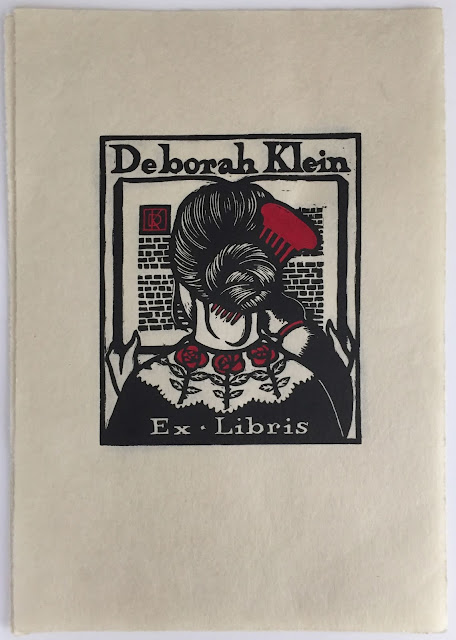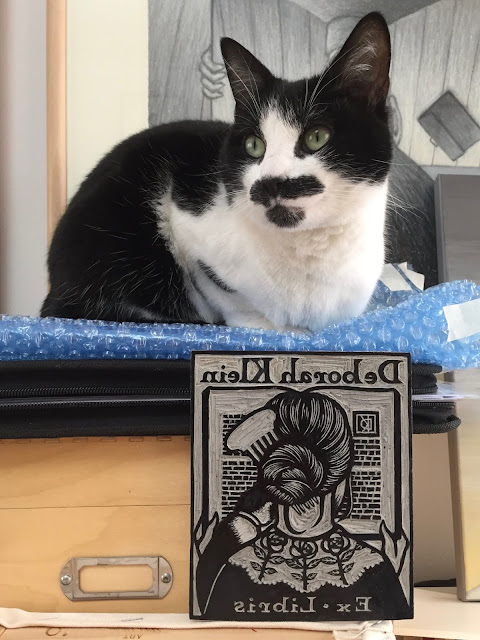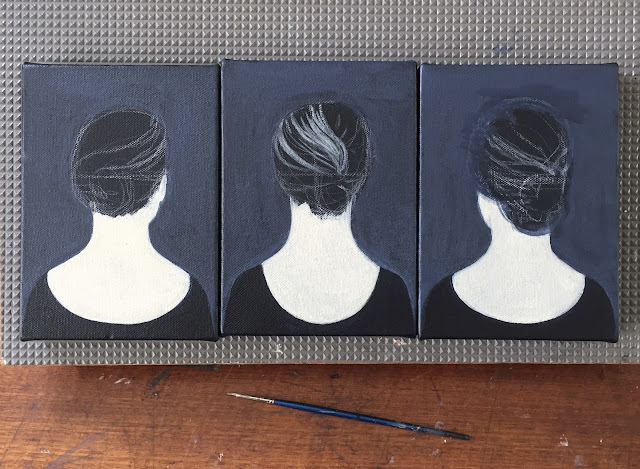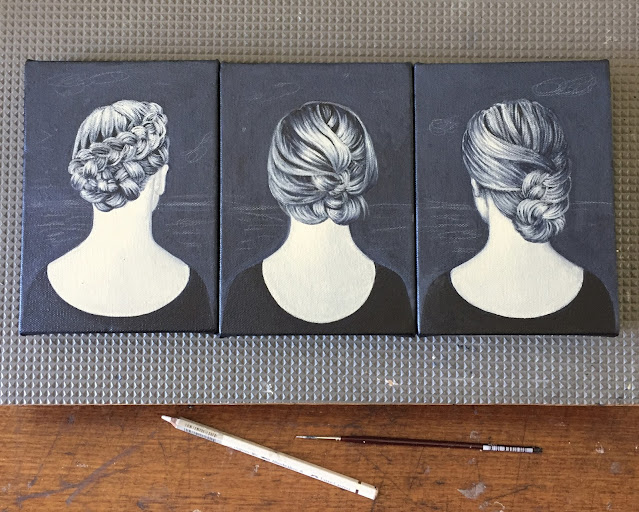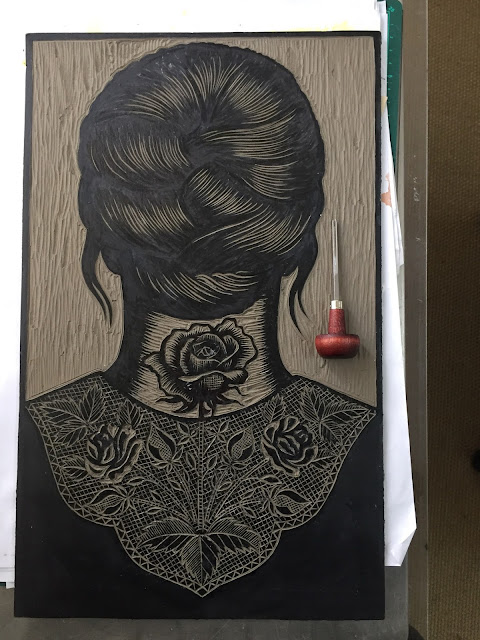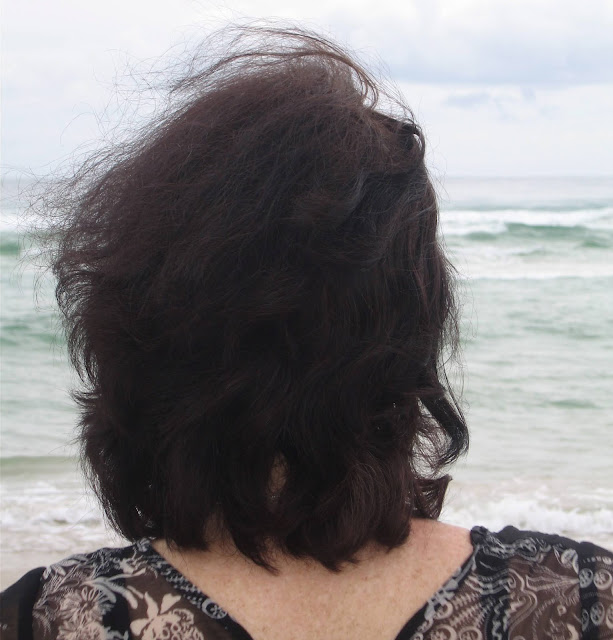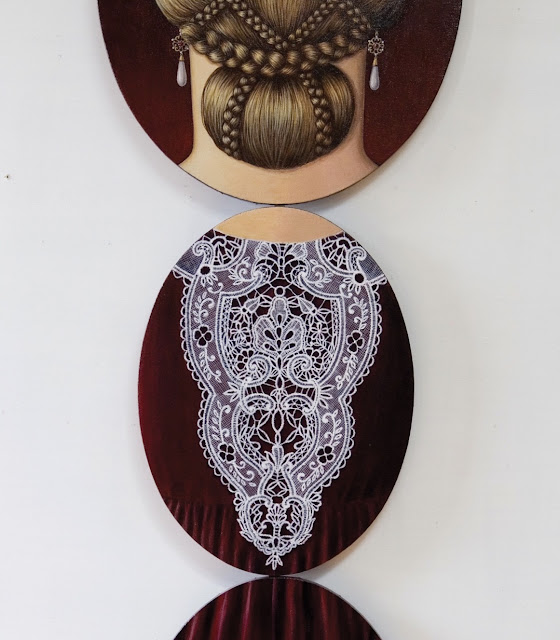For as long as I can remember, I’ve been enchanted by bookplates. This is the first relief bookplate I’ve designed in many years. It’s also the first one I’ve made especially for myself and the first of my works to include our cat, Alice. That’s her third from the top in the group of photos below, obligingly posing with the finished lino block.
The biennial Australian Bookplate Design Award was the impetus for this project. For several years, I’ve been keen to enter, but each time the dates have coincided with a particularly busy period - usually the lead-up to a show. In this year of lockdowns, with all of my exhibitions postponed until next year (yet another update on those will feature in my next post) I found myself with some unexpected time on my hands. This time, I was able to make the bookplate a top priority. The closing date for the Australian Bookplate Design Award 2020 was originally mid-October and the bookplate was finished in good time for that. Despite its title, however, this is an international award and given the continuing uncertainties of COVID-19 in many parts of the globe, the deadline for entries has been extended to 28 February 2021. I’ll have a lot on my plate in the first few months of the new year, so have posted off my entry well ahead of time.
For many of us, our books and pets provide diversion, stimulus and inspiration, not to mention comfort and solace - never more so than during the months of lockdown - and it is to this that my work pays homage. The bookplate design incorporates the motif of Rückenfigur (a figure viewed from behind) that is central to much of my imagery and draws from a decades-long accumulation of personal iconography, including hair ornaments, decorative collars and stylised Arts and Crafts-inspired crimson roses.
The block was printed on the little craft press purchased online during lockdown specifically for this purpose (see final photo below) and hand-coloured in watercolour. Dimensions are 15 x 12.5 cm (image) on A4 sized paper. A selection of progress views follows directly.
For more about The Australian Bookplate Design Award, go HERE.
As 2020 draws to a close, I think it’s safe to say there isn’t one of us who will be sad to see its passing. Unfortunately, 2020 isn’t quite done with us and there’s no doubt the impact of the many curveballs it has thrown with seemingly ceaseless abandon will be felt well into 2021. Nevertheless, I wish each and every one of you a safe, happy, healthy and fulfilling New Year. But more than that, here’s to a brighter future when the last vestiges of 2020 are well and truly behind us.

